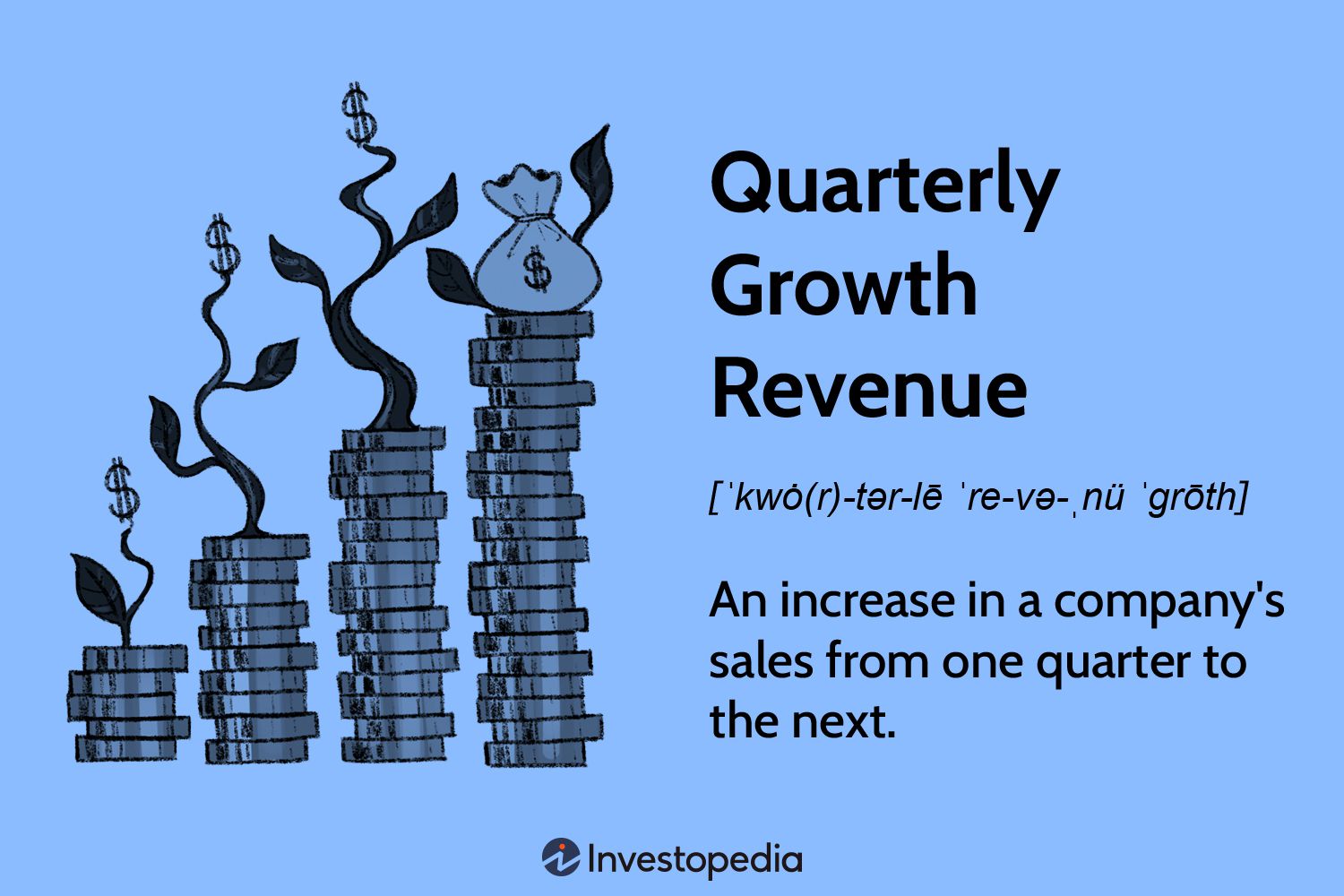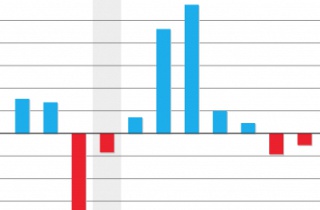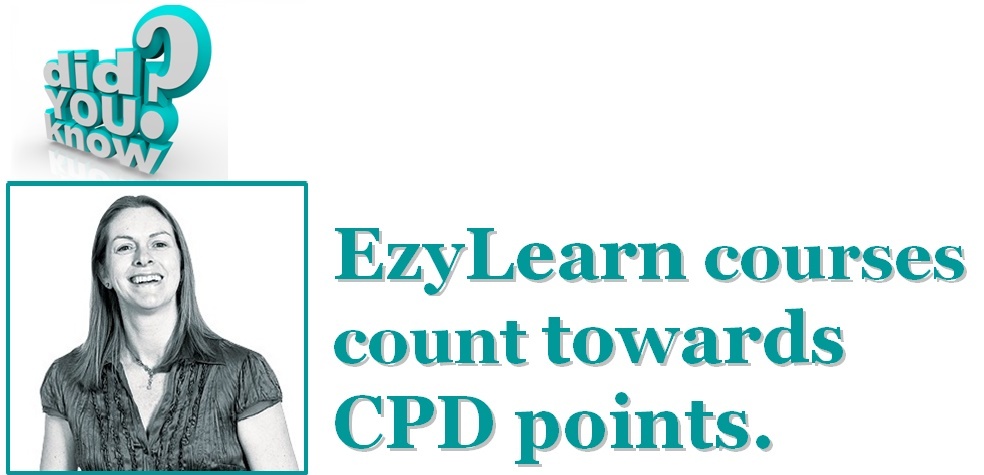
I wrote about the messy startup for Jerry’s new business venture. It is used in the BAS Courses for QuickBooks, MYOB and Xero and in The Next Quarter case study you’ll see the results of Jerry’s business decisions and how some of his financial transactions have turned out.
You’ll get enough information from the financial reports to advise Jerry how to make future decisions for his business – particularly when it relates to cashflow, credit management and purchases.
In The Next Quarter Bookkeeping Course case study we look at Jerry’s financial reports and start to keep better track of income vs expenditure as well as better ways to use his money (like buying assets vs paying off loans).
Jerry will also have the knowledge to make product and services decisions because he’ll know what is selling well and where he is making more profit.
In The Next Quarter we look at how his business gets discovered online and what other digital marketing options are available to him.
We explore whether he should continue to use a project bidding site like HiPages or focus on getting more traffic to his own website.
Ultimately, no matter which digital marketing medium you use you’ll want to strengthen your sales skills to learn how to identify ideal clients and turn them into customers. At the same time you’ll want to learn how to help clients who are not ideal.
Cashflow is critical for the survival of a business. It’s like the blood pumping through the veins or the air going into and out of the lungs and without enough positive cashflow you don’t have a business that can survive.
This case study is used in our Advanced Certificate in Xero Cashflow and Financial Reporting Course.















